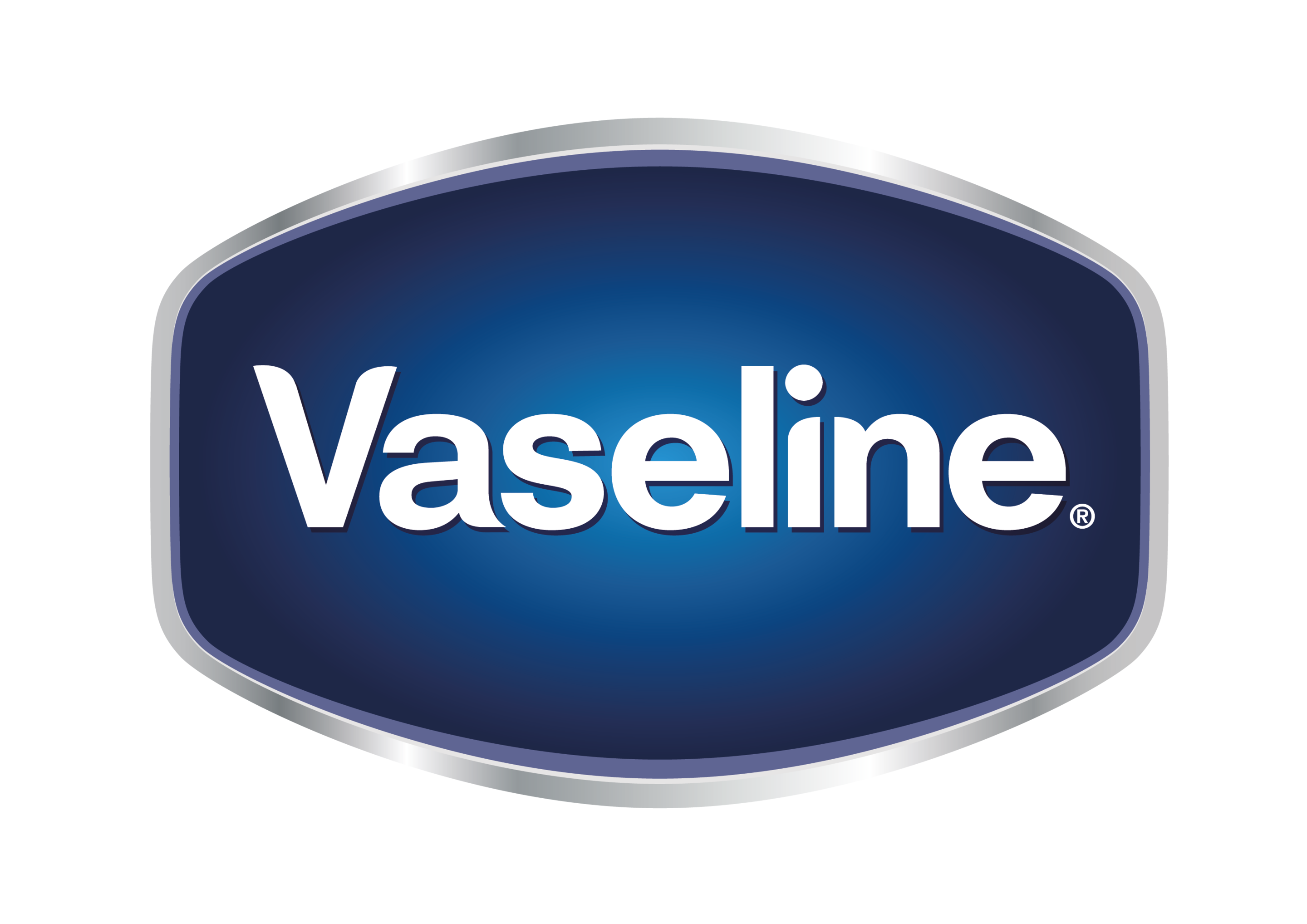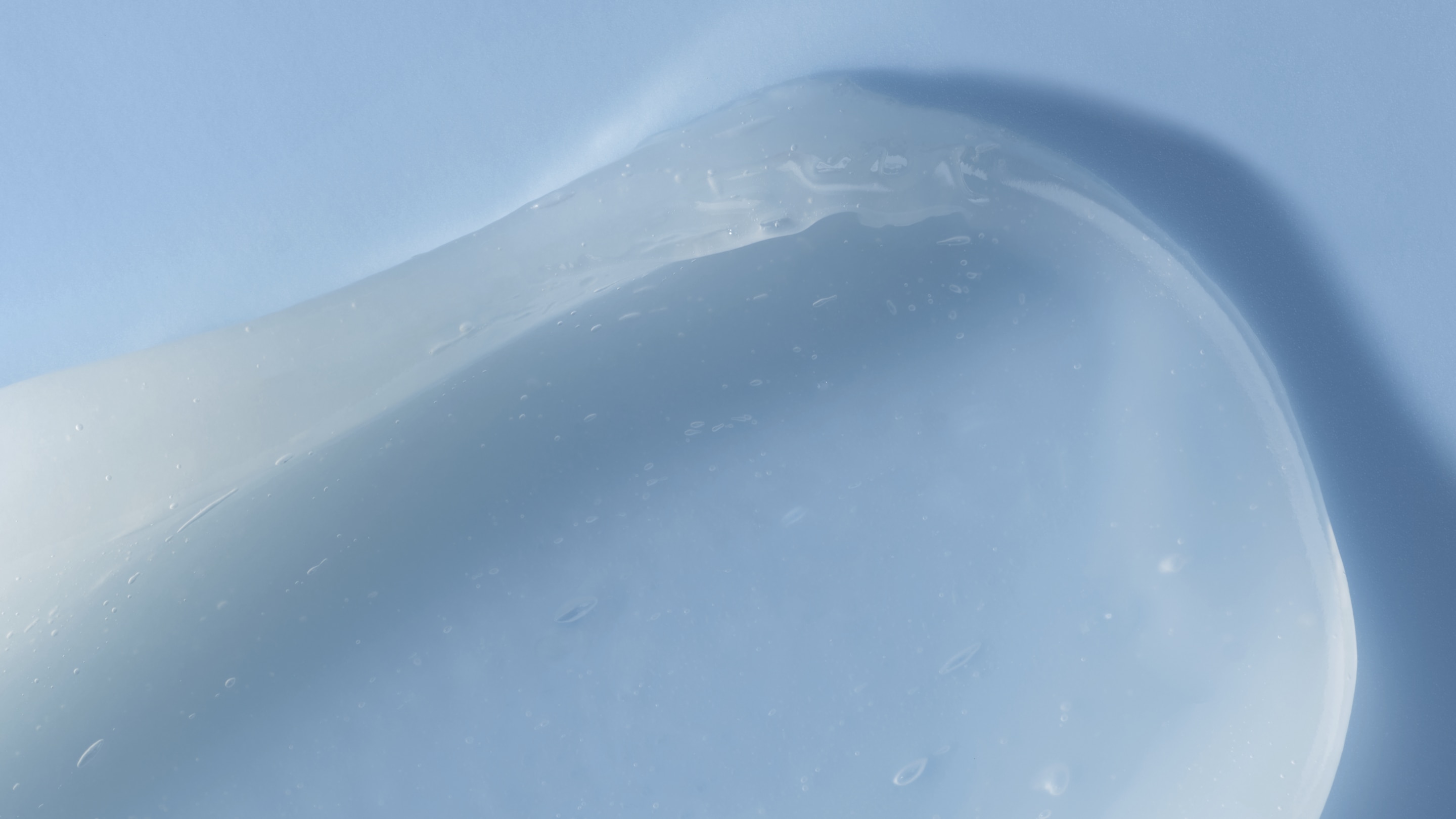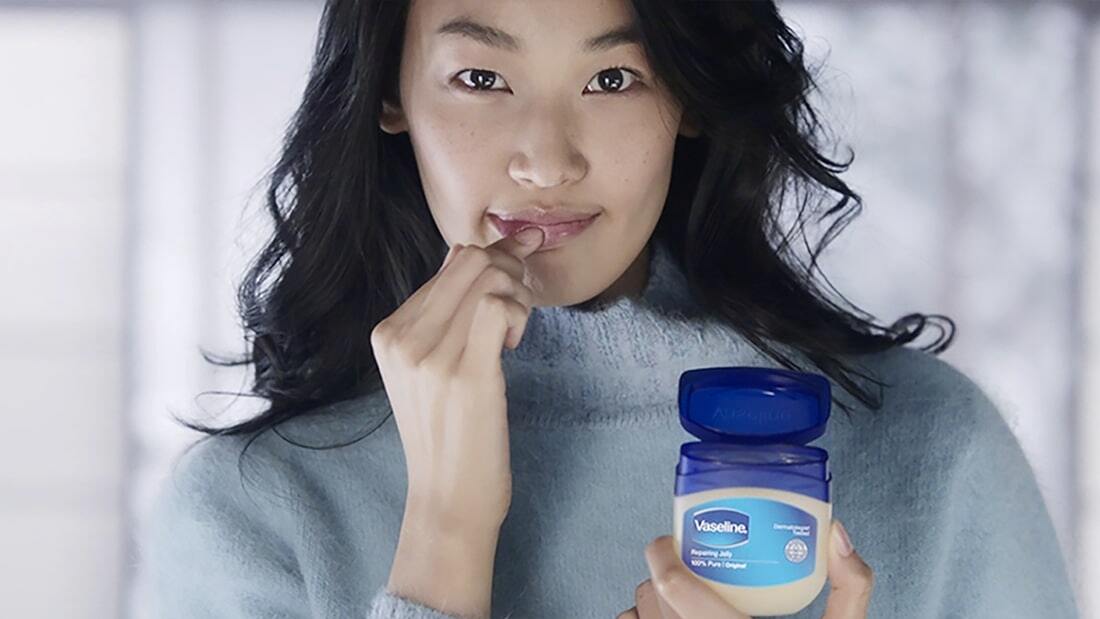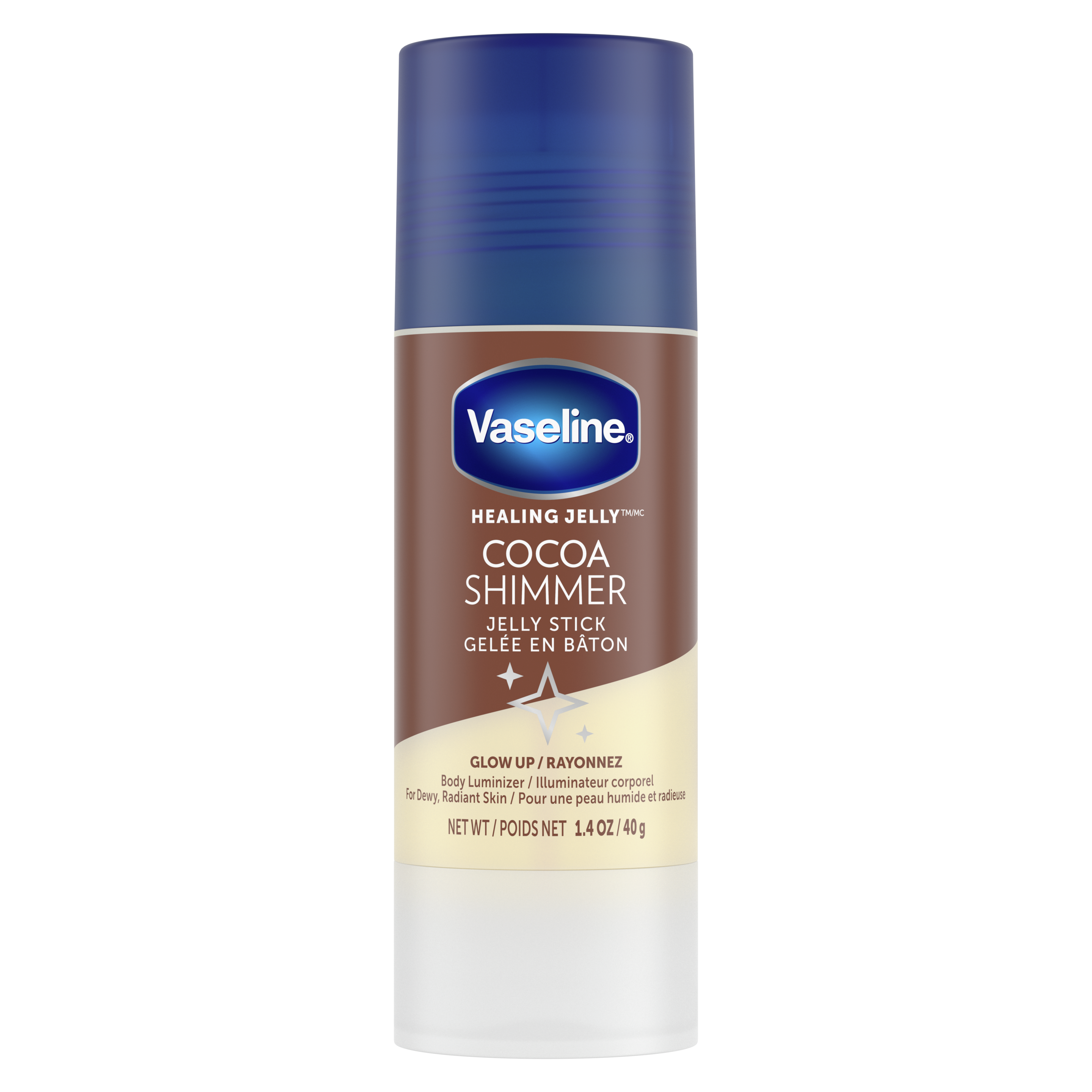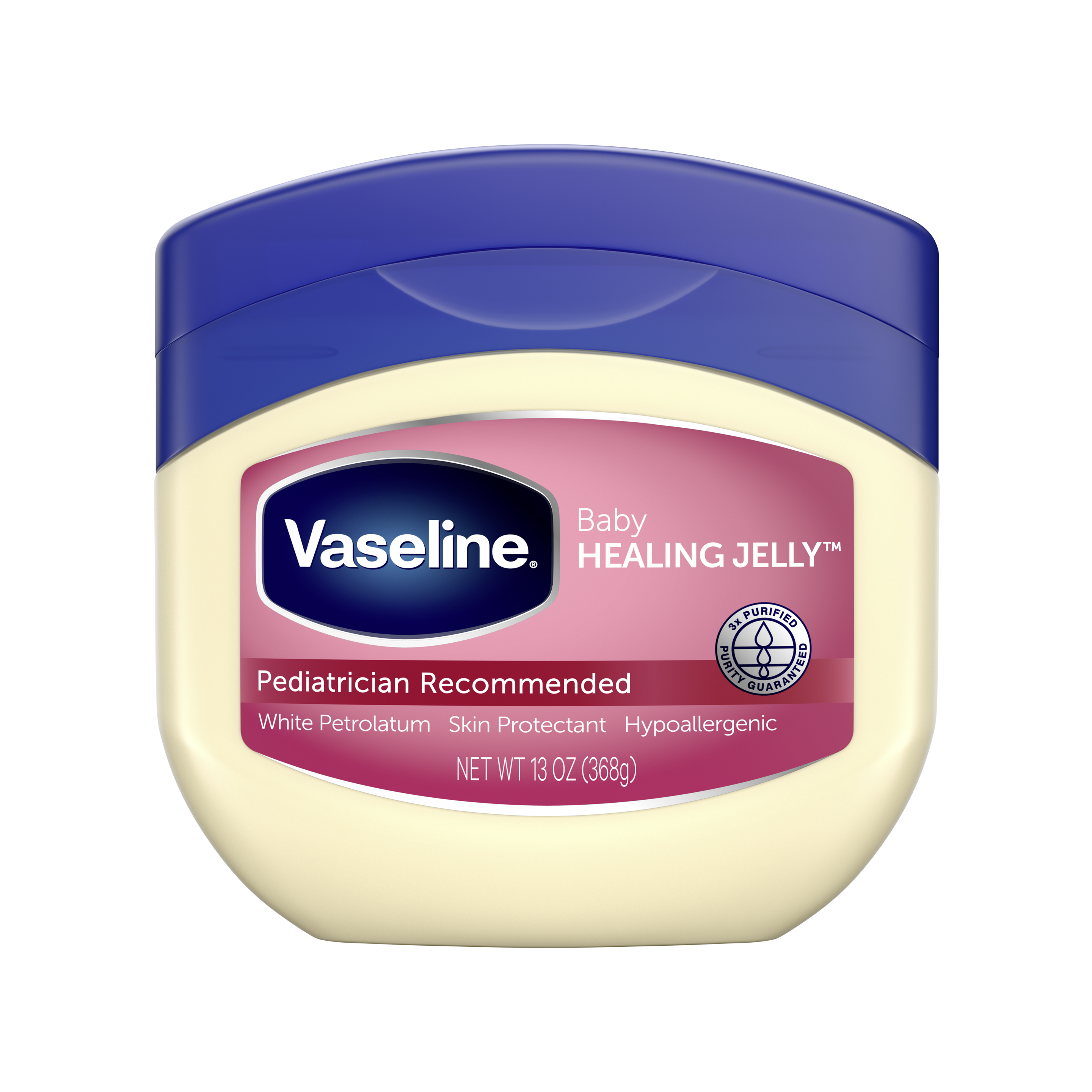Skip to content
If you’re experiencing dry, uneven and dull skin — which may be due to negative reactions from harsh skincare products, harsh weather conditions, or issues like UV damage — “slugging” is a beauty trend you can likely benefit from.
In addition, slugging can help other skin care ingredients work more effectively, plus it’s a great approach for healing dry, sensitive or irritated skin that has a compromised skin barrier.
What Is Slugging and How Does It Work?
Slugging is a skin care practice that’s been around for generations which involves applying occlusive ingredients to your face over other beneficial products, which creates a protective surface on your skin. While this practice might seem new to some people, this ritual has been part of the Black community for decades. From using petroleum jelly to protect skin from the elements, such as the bitter winter months, to using it to lock-in moisture to provide skin with a healthy appearance, slugging has always played a part in the personal care routine of many Black and Brown households.
It’s called “slugging” because the thick ointments you use on your skin can resemble the look of a slimy slug.
The goal of slugging is to “seal in” powerful ingredients that you apply to your skin, such as serums and toners, while also increasing skin’s hydration.
Most often slugging is done at night, since occlusives can leave your skin looking a bit shiny and ”gooey.”
While these thick products don’t work well under makeup or for a daytime look, they have the power to make your skin smoother, softer, and with help from other skin care products, brighter and more youthful looking. Many people claim that when they wake up after a night of slugging, their skin looks fresh and dewy.
Types of Slugging Moisturizers
In case you're not familiar with occlusives, these include products such as:
- Petroleum jelly, e.i Vaseline® Healing Jelly Original
- Lanolin
- Beeswax
- Olive oil
- Avocado oil
What is the difference between them?
Occlusives don’t actually moisturize your skin in the same way other lotions and creams do. Instead, they create a layer on the surface of your skin that keeps water and skin’s natural oils (sebum) locked in. This prevents dryness due to water and oil evaporation (also called transepidermal water loss). My favorite is petrolatum for the ease of use and low likelihood of clogging the pores.
Occlusives work differently than humectants and emollients, two other types of skin care products that are sometimes used for similar purposes. Here’s the main difference between these three:
- Occlusives: These don’t penetrate the skin, but sit on top and prevent water and oil loss.
- Emollients: These are products containing lipids (including ceramides), cholesterol, fatty acids, or silicones. They penetrate the skin’s top layer with extra lipids in order to improve moisture. They work by essentially “filling up” tiny spaces in the skin’s barrier that are lacking lipids, helping to improve the health and appearance of the skin.
- Humectants: These attract and bind to water from the air or from deeper within the skin. Some also loosen dead cells on the skin’s surface, helping to break them up.
For the purpose of slugging, petroleum jelly, such as Vaseline® Healing Jelly is one of the most loved ingredients. It’s highly effective at preventing water loss from the skin, stopping up to 98% of transepidermal water loss that can lead to roughness and dryness.
It’s also possible to find products that contain a combination of these skin moisturizers, which may be even more effective when used regularly. However for slugging, you want a thick, sticky product (an occlusive) and not a thinner lotion.
To get the benefits of different moisturizers, try applying humectants and emollients under occlusives.
Slugging Benefits For Different Types Of Skin
Slugging is recommended most for those with:
- Dry skin
- Sensitive skin, including eczema
- Dullness
- Uneven skin texture, due to issues like dry patches and flaking
What all of these skin types have in common is that they’re lacking skin moisture.
Should people with acne try slugging?
Slugging itself is not considered acne-causing (in other words, it’s non-comedogenic), but it may trigger pimples to develop if you have sensitive skin, especially if you’re not careful about cleaning your face really well beforehand, which otherwise can leave trapped dirt under the skin.
If you have combination skin — meaning you deal with breakouts and also dryness on different parts of your face — you can try slugging only on areas where you’re less likely to experience acne. This will prevent dirt and bacteria from accumulating on already-oily areas which can cause pimples, but will help decrease dryness where needed.
Face Care Routine: DOs and DON’Ts
Slugging should be done as the last step of your nighttime skin routine.
You’ll layer whichever occlusive you use, such as petroleum jelly, over thinner skin care ingredients, including serums and other moisturizers. This allows products like toners, serums and lotions to penetrate the skin before you apply a thick occlusive.
How often should slugging be done?
Frequency should be determined by your skin type: if you have dry skin, slugging nightly can really help to boost skin’s radiance and texture, but if you have combination or oilier skin, try slugging 2-3 times per week (or about every other night).
Which products SHOULD you use when slugging?
The best slugging products are those that contain hydrating and soothing ingredients. Under your occlusive, opt for humectant products containing ingredients like hyaluronic acid, glycerin and niacinamide.
And which products should you NOT USE when slugging?
I recommend avoiding comedogenic products such as coconut oil to avoid acne breakouts.
Here are the recommended steps involved in a slugging routine:
1. Clean your face
Be sure to thoroughly clean your skin before applying any products. If you use makeup remover (liquid or pads) wash this off as well.
As long as you don’t have very sensitive skin, you should also exfoliate several times per week to help remove any dirt or dryness from your skin’s surface. Be gentle, so as not to cause irritation.
2. Apply your thinnest skin care products first (serum then moisturizer)
Once your skin is clean and patted dry, apply any serums first and then moisturizer on top.
3. Apply the occlusive over other products
If possible, let the other products absorb into the skin for a few minutes first, then apply your occlusive product like e.i Vaseline® Healing Jelly Original . Cover your whole face with a generous amount of occlusive, then keeps your hands off.
Since your skin will be shiny and sticky, you’ll probably want to wait until close to bedtime before completing this step, such as about 30 minutes before going to sleep.
Your pillowcase and sheets might get a bit gooey from the product on your face, so try putting a clean towel over your pillow and tying your hair up in a soft scrunchie or headband.
Slugging Beyond Your Face
While slugging is most commonly done to improve the appearance of one’s face, it can also address dryness and other issues on other parts of the body, such as the chest, neck, feet or hands.
You can follow the same steps as above if you wish to use slugging on different body parts (including cleaning the area well first). A popular way to go about this is to shower then follow the steps above (thinner lotion followed by thicker occlusive).
Men might also be interested in slugging after shaving to soothe skin. Of course women can do this too on areas where they shave, such as the bikini line.
The key here is to clean the skin afterwards to remove any shaving cream or other products, then apply a moisturizer, then apply a thin layer of an occlusive. Remember this may leave the skin shiny, so most men will prefer to do this at night if slugging their face.
Whether it is for your face or body, now that you are equipped with the right tools, we hope you can determine if embarking in the long-used practice of slugging is right for you and your skin.
By Dr. Michelle Henry, MD, Board Certified Dermatologist
IG information: @drmichellehenry
Related PRODUCTS
- slide 1
- slide 2
- slide 3
- slide 4
- slide 5
